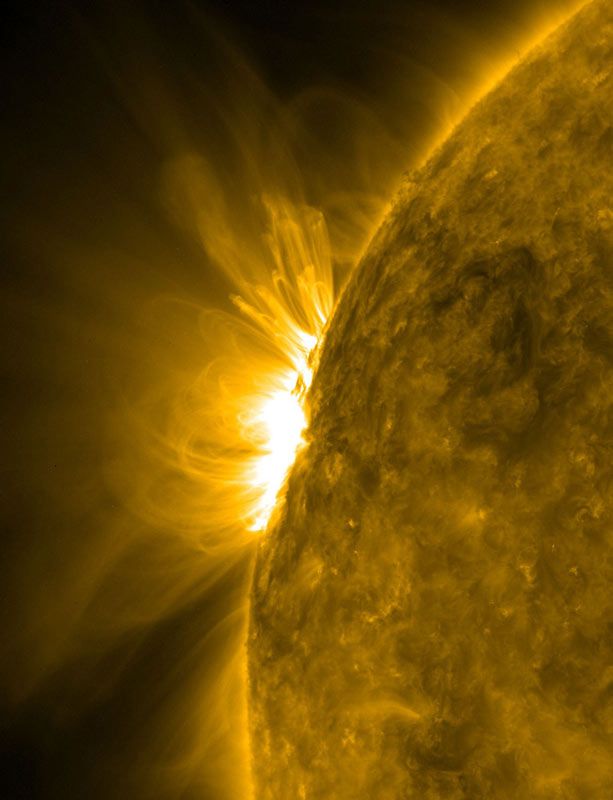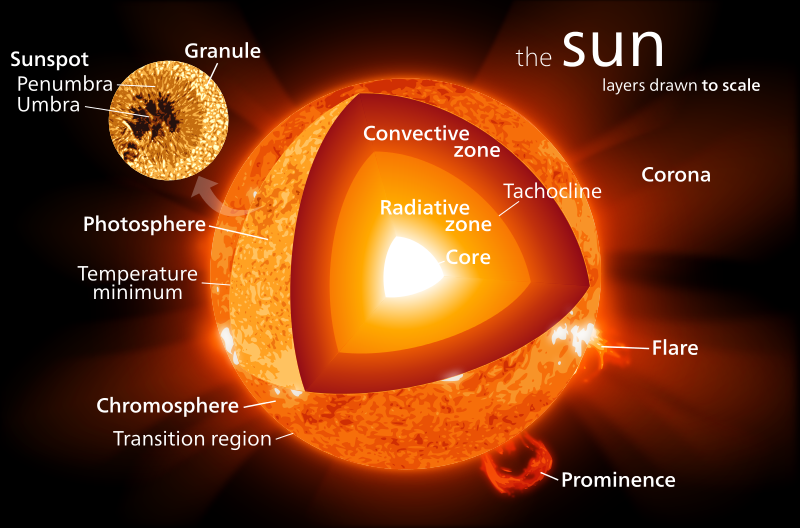

These storms generate tremendous electrical currents, which can greatly disrupt life on earth. On the other hand, it can slam massive clouds of charged particles against the earth’s magnetic field, “causing the global bubble of magnetism that surrounds our planet to shake and quiver,” says one NASA site. On one hand, it helps create the safe harbor that is our solar system-it protects us from the destructive cosmic rays emanating from the distant supernovas, much like a headland protects a bay from big ocean waves. The solar wind is both protective and dangerous.

And understanding the solar wind better may help humans colonize space. The results of its measurements could answer certain outstanding puzzles of astrophysics, key among which is the mystery of why the sun’s corona is hotter than its surface. The size of a tuna can, this cup will record the wind’s composition and direction. But the probe’s most important instrument, its Faraday cup, sits outside the shield like a figurehead on a schooner, dipping into the solar wind-a million-mile-an-hour blast of electrons, protons, and helium ions. Operating at around room temperature beneath this shield are computers and other equipment controlling the craft’s path. Flying at 450,000 miles per hour, the Solar Probe will be the fastest thing we have ever put into space, and the toughest one too-its 4.5-inch-thick carbon foam heat shield, sandwiched between carbon plates, can withstand temperatures of 2,500 degrees Fahrenheit. There, the sun shines 512 times brighter and is 20 times wider than what we see on earth.

The vessel, NASA’s Solar Probe Plus, will be closer to our star than any manmade object has ever been-only 4 million miles from its surface. As pointed out by this diagram, magnetic reconnection mechanism is also associated to Coronal Mass Ejection (CME), since the energy released by magnetic reconnection is powerful enough to eject a significant amount of matter.When Justin Kasper, a professor of space physics at the University of Michigan, daydreams, he visualizes a spacecraft the size of a Toyota Prius speeding through the sun’s corona-a cloud of superheated plasma. When it reconnects, it forms, on the top, a magnetic loop and, on the bottom, an magnetic arch. One of the magnetic field lines is looping, and it is "crossing itself". They are tied to the surface of the Sun (the foot points). You can see it as a kind of a lot of magnetic loops reconnecting together, instead of one big loop reconnecting alone.īlack lines represent the magnetic field lines. Nanoflares mechanism: the dissipation of a lot of small scale structures (slow convective motions of magnetic foot points could create current sheets, coutinually dissipated and reformed, providing heating through Ohmic dissipation). During this process, heat and energy are released quite efficiently. "Reconnection" corresponds to a modification of the field line topology (see the image that pictures it better than my words). Magnetic reconnection mechanism: magnetic field lines are tied to the surface of the Sun and even when the plasma moves, they stay tied to their original position (their "foot points") therefore, plasma movements can drag the magnetic field lines and entangled them in geometries such as loops, that can eventually "reconnect". These waves can be produced in the solar photosphere and propagate carrying energy through the solar atmosphere they turn in the end into shock waves that dissipate energy as heat in the corona. Heating waves mechanism: propagation of magnetohydrodynamic waves can heat significantly the corona. The following hypothesis are the following: It is still an open question, even though it is clear that it is linked to the magnetic field of the Sun.


 0 kommentar(er)
0 kommentar(er)
